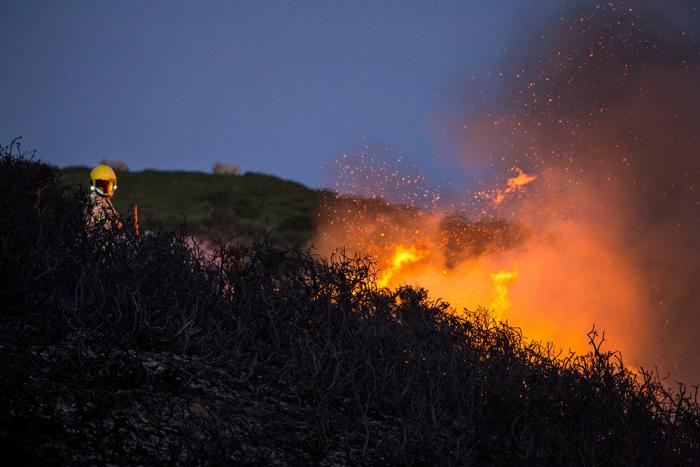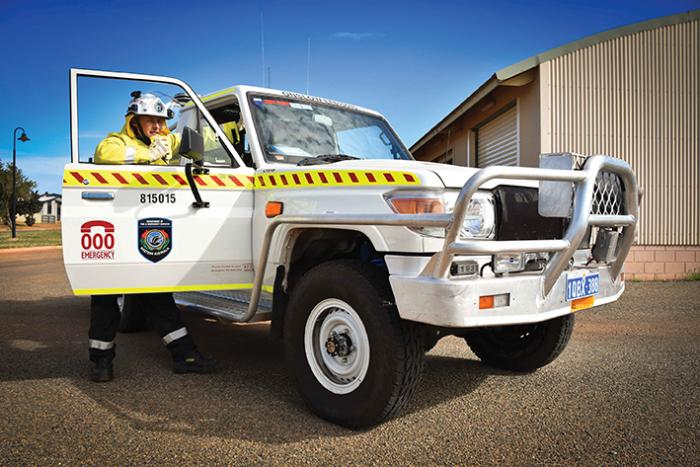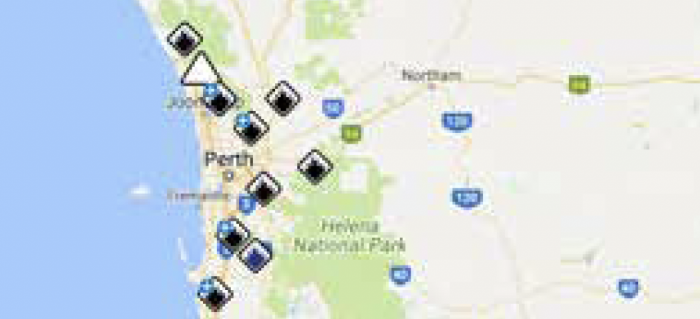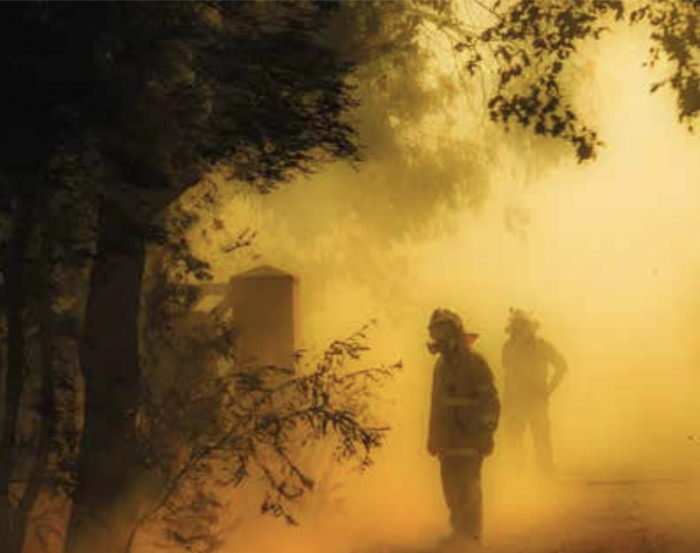Our Year at a Glance
Every year we respond to more than 28,000 incidents, as well as helping to prevent many more. Whether on land, sea or by air, we are proud to be able to help make WA a safer State. Putting the community first is at the heart of everything we do. This section provides a snapshot of what we have done this year and, where possible, provides a comparison with previous years.





